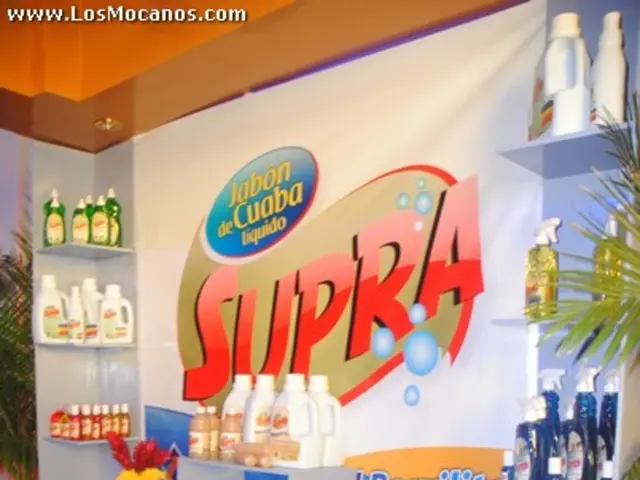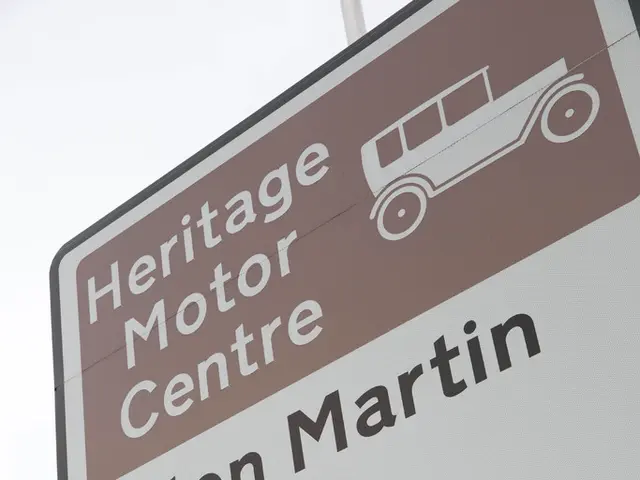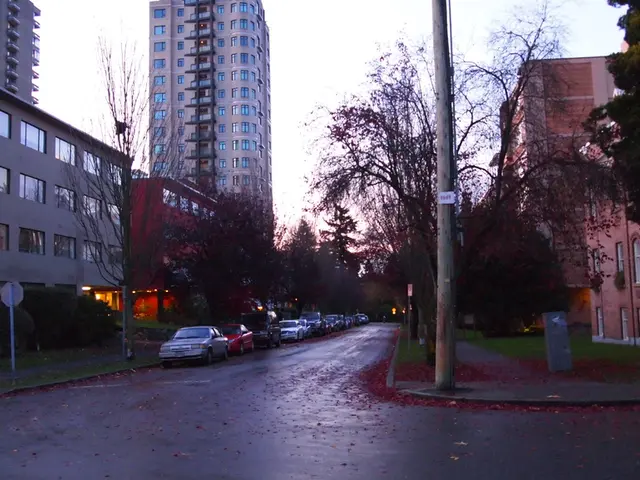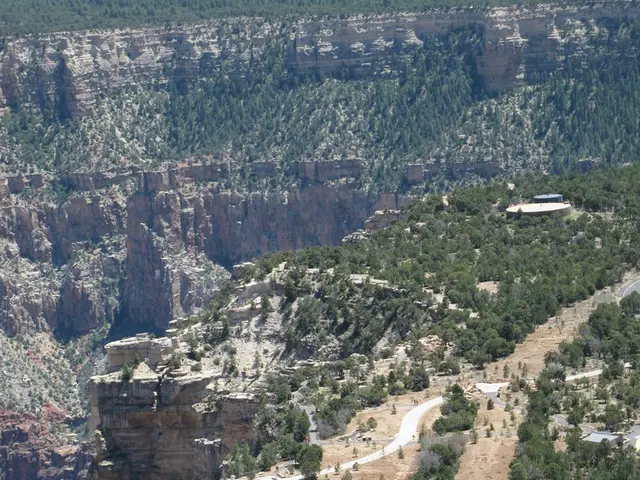Enhanced airport scanners excel at detecting liquid bomb components, yet notably, numerous airports remain without such technology.
The Department of Homeland Security (DHS) and the Transportation Security Administration (TSA) are currently evaluating the restrictions on liquids in carry-on bags, which have been in place since 2006. These restrictions limit liquids to containers of 3.4 ounces or less. However, no specific date for changes to this policy has been set yet[1][2][3].
The implementation of any changes to the liquid restrictions is expected to be gradual and dependent on the adoption of new scanning technologies across U.S. airports. While Homeland Security Secretary Kristi Noem has indicated that the liquid rule is being reviewed, she has not announced a timeline for an official change[2][3]. Experts suggest that it may take several years or even more than a decade for necessary technologies to be fully deployed across the country[4].
The rollout will depend on the availability and deployment of advanced CT scanners and other technologies that enhance security screening without relying on the current liquid limits. These new scanners, which cost more than $2 million each, are larger than the old X-ray machines, requiring floor reinforcements and checkpoint redesigns[5]. The new scanners used by some airports are computed tomography (CT) scanners, which produce clearer images and allow screeners to switch between 2D and 3D views[6].
The TSA will announce any changes to liquid rules through the same official channels used for previous announcements. The TSA is also considering enhancing security measures and improving the travel experience for passengers[8].
The current restrictions were implemented due to a plot in the United Kingdom in 2006, where a group was arrested for planning to blow holes in airliners with a homemade mixture of chemicals in sports drink bottles[7]. Authorities uncovered the plot after secretly searching the luggage of a man who returned from Pakistan and found an unusual combination of Tang powdered soft drink and a large number of batteries[1].
The limits on liquids have been in place for 22 years, according to Johnny Jones, secretary treasurer of the chapter of the American Federation of Government Employees that represents TSA workers. Jones defends the work of the screeners he represents, noting that no plane has failed to reach its destination due to a missed item since the agency’s creation[1]. However, a 2015 report found that TSA officers failed 95% of the time to detect weapons or explosive material carried by undercover inspectors[4].
Jeff Price, an aviation security expert, suggests holding off on changing the liquid policy until more systems are deployed due to potential vulnerabilities in the TSA system[9]. A change in carry-on liquid policy could potentially be implemented only at the biggest airports, leading to confusion for travelers.
[1] - The United Kingdom was planning to ease its liquid restrictions last year but was delayed due to the lack of new scanners at several airports. [2] - Authorities uncovered the plot after secretly searching the luggage of a man who returned from Pakistan and found an unusual combination of Tang powdered soft drink and a large number of batteries. [3] - Homeland Security Secretary Kristi Noem has commented on the possibility of easing liquid restrictions in carry-on bags at airports. [4] - Only 255 out of 432 airports in the United States have new CT scanners installed, with the biggest airports receiving them first and a full implementation not expected until 2043. [5] - In the past, the inspector general of the Department of Homeland Security has highlighted vulnerabilities in TSA screening that can allow things to slip through undetected. [6] - Johnny Jones, secretary treasurer of the chapter of the American Federation of Government Employees that represents TSA workers, defends the work of the screeners he represents, noting that no plane has failed to reach its destination due to a missed item since the agency’s creation. [7] - Since the agency’s creation, TSA screeners have protected the skies for 22 years, according to Jones. Even if a slight miss occurs, it doesn't necessarily mean anything will happen on the plane. [8] - The limits on liquids were initially implemented due to a plot in the United Kingdom in 2006, where a group was arrested for planning to blow holes in airliners with a homemade mixture of chemicals in sports drink bottles. [9] - Since the agency’s creation, TSA screeners have protected the skies for 22 years, according to Jones. Even if a slight miss occurs, it doesn't necessarily mean anything will happen on the plane. [10] - A 2015 report found that TSA officers failed 95% of the time to detect weapons or explosive material carried by undercover inspectors. [11] - Ever since the 2006 plot, the TSA and authorities in other countries have limited carry-on liquids and gels to 3.4 ounces (100 milliliters) due to concerns about creating an explosion capable of taking down a plane. [12] - The new scanners cost more than $2 million each and are larger than the old X-ray machines, requiring floor reinforcements and checkpoint redesigns. [13] - The TSA will announce any changes to liquid rules through the same official channels used for previous announcements. [14] - The new scanners used by some airports are computed tomography (CT) scanners, which produce clearer images and allow screeners to switch between 2D and 3D views. [15] - The meaning of coded emails to contacts in Pakistan only became clear after the arrests, when authorities realized that the quantities of Calvin Klein aftershave being discussed in messages matched the amount of hydrogen peroxide the conspirators had purchased. [16] - The Transportation Security Administration (TSA) is considering enhancing security measures and improving the travel experience for passengers. [17] - Noem suggested that changes may be made to the size limits of liquids that passengers can carry. [18] - A change in carry-on liquid policy could potentially be implemented only at the biggest airports, leading to confusion for travelers. [19] - Jeff Price, an aviation security expert, suggests holding off on changing the liquid policy until more systems are deployed due to potential vulnerabilities in the TSA system.
- The TSA is evaluating changes to the liquid restrictions in carry-on bags that have been in place since 2006, with the rollout dependent on the deployment of new scanning technologies and enhancement of security measures.
- The implementation of these changes is likely to be gradual, taking several years or even over a decade due to the necessity of deploying advanced CT scanners and other technologies across U.S. airports.
- While the Secretary of Homeland Security has indicated a review of the liquid rule, an official timeline for changes has not been announced yet.
- Businesses and lifestyle industries in Seattle and other cities may be impacted by the changes to transportation, as travelers might experience smoother check-ins and more convenient carry-on procedures.
- Experts suggest holding off on changing the liquid policy until more systems are deployed, citing potential vulnerabilities in the TSA system and the possibility of confusion for travelers with differential policies across airports.





